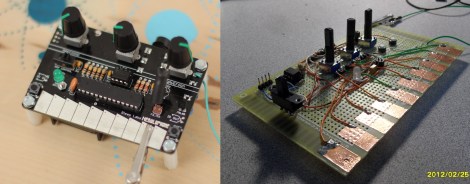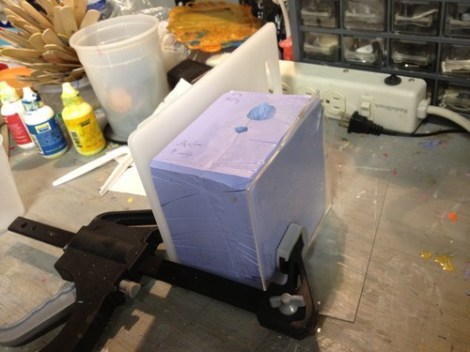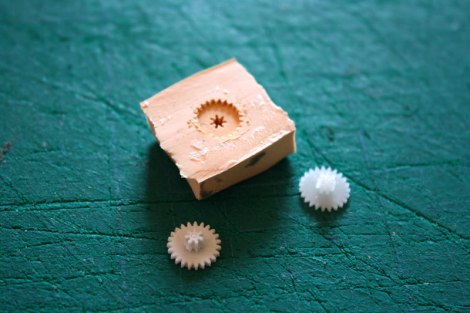
This is a side view of the guts of a one character Solari soft flap module. This is the type of mechanical display used in some transportation hubs that have a flap for each letter. The motor turns the flaps through the alphabet until it gets to the target letter. Recently [Boz] had a client approach him who needed a custom controller for a 20-character soft flap display. (Link fixed in 2022. Thanks Wayback Machine!)
The process started out with a magnifying glass and multimeter which yielded a rather complicated hand-drawn schematic. An optical encoder is used to judge which character is currently displayed. After analyzing the output using an oscilloscope [Boz] designed a PIC based driver board which is controlling the display seen in the clip after the break.
The great thing about these displays is that they don’t use any electricity except when they change letters. This sounds like the predecessor of ePaper and makes us wonder if there are any companies developing high-contrast ePaper to replace soft-flap digits?
Continue reading “Reverse Engineering Solari Soft Flap Displays”
















